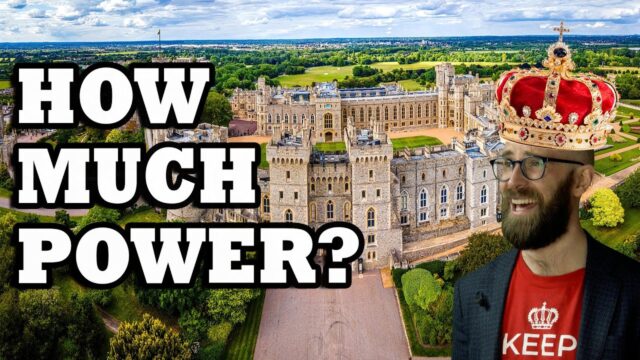“Unraveling the Myths: The Surprising Reality of Medieval Monarchical Power Revealed!”
To be fair, John had simply applied the same leadership style of his predecessors of the House of Angevin, his father Henry II, and his brother Richard the Lionheart.
Sometimes, they didn’t consult with the barons.
Sometimes they did!
Sometimes they didn’t, but said they had!
But again, vassals are quicker to forgive a victorious leader who makes them rich with their victories.
In the end, to make peace with his nobility, King John agreed to sign what may be defined as a loose blueprint for modern constitutions. Naturally given the era and who was pushing for the changes, the Charter made little effort to protect the rights of common folk, focusing instead on the rights of the clergy and the large landholders. But it did introduce important concepts, such as protection from illegal imprisonment, exile and confiscation of land, and the introduction of a relatively fair judicial system. Furthermore, it formalised a permanent council of barons, a predecessor to the modern Parliament.
On top of that, to quote the document,
“‘No ‘scutage’ or ‘aid’ may be levied in our kingdom without its general consent, unless it is for the ransom of our person, to make our eldest son a knight, and (once) to marry our eldest daughter. For these purposes only a reasonable ‘aid’ may be levied …
To obtain the general consent of the realm for the assessment of an ‘aid’ – except in the three cases specified above – or a ‘scutage’, we will cause the archbishops, bishops, abbots, earls, and greater barons to be summoned individually by letter.’”











